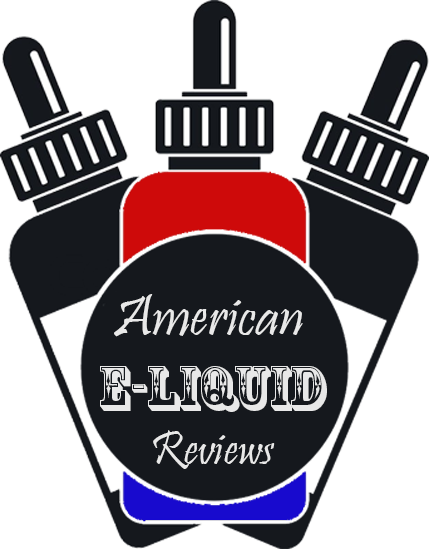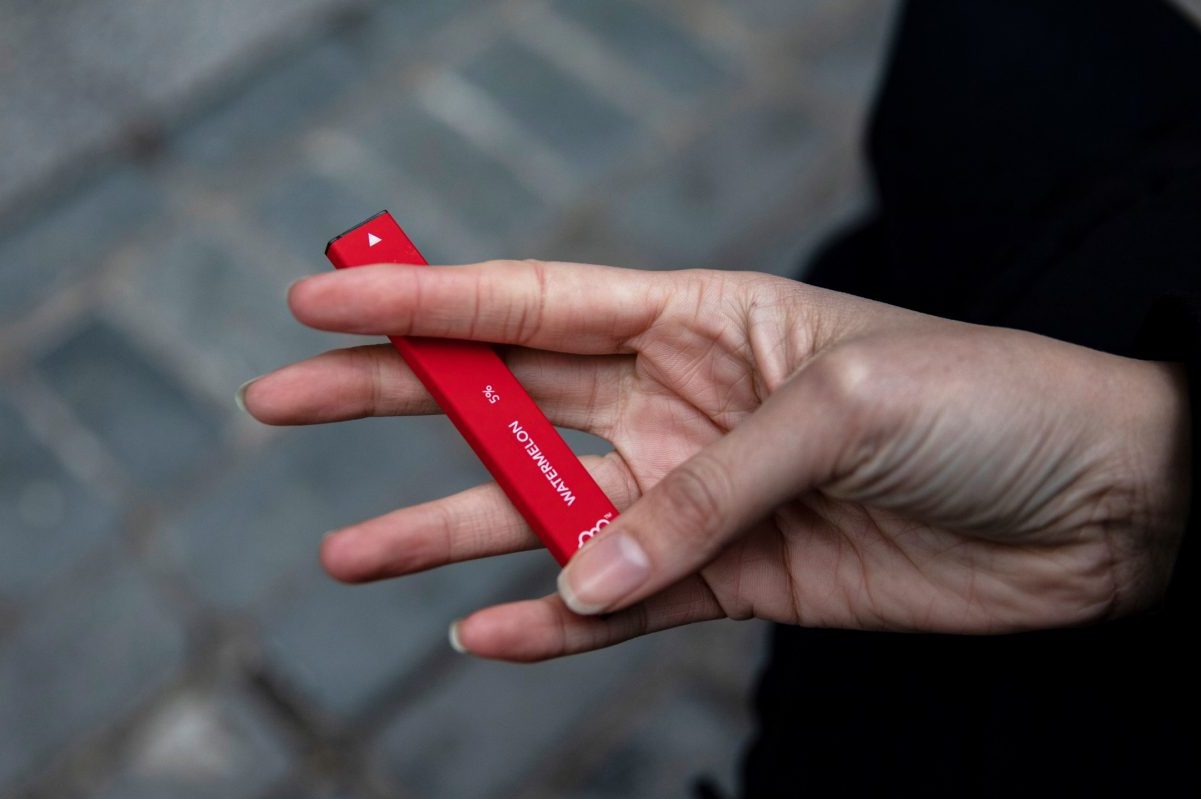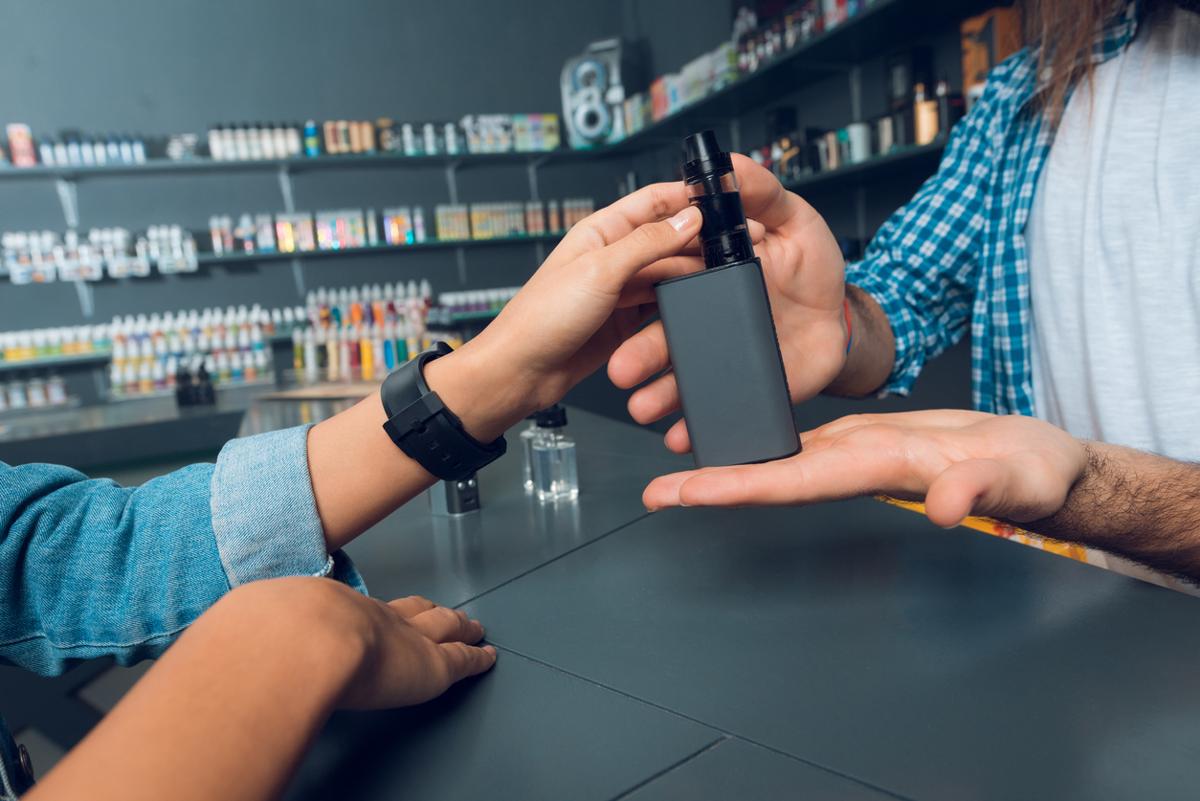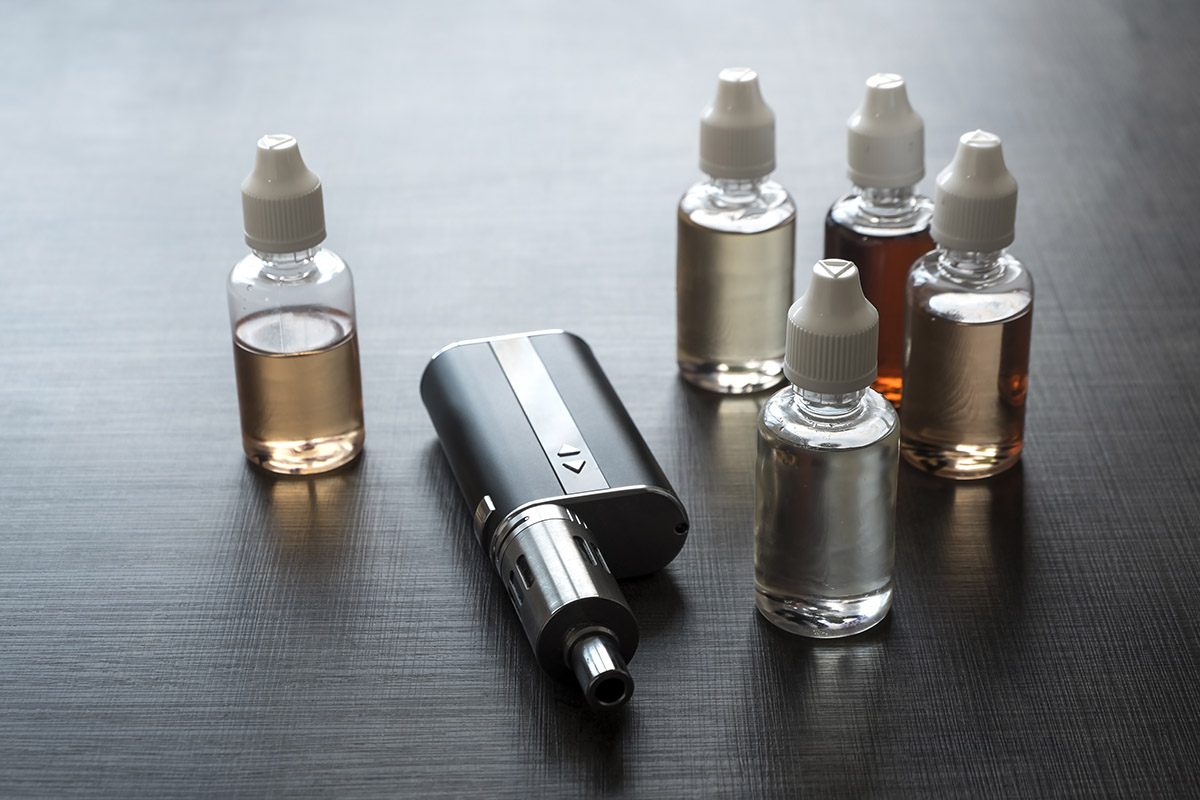The Food and Drug Administration (FDA) has recently begun the process of banning vape flavors. The government agency has already issued the decisions for over 2 million market applications. So far, it has only been marketing denial orders (MDOs), which require the products to be pulled from the market immediately.
Tobacco products have been in the sights of government regulators for a while now. In 2009, Congress passed the Tobacco Control Act, giving the FDA authority to regulate tobacco products, electronic cigarettes, and other vaping devices. Under this act, the FDA created a list of additives that are banned from use in cigarettes and smokeless tobacco products. These additives include flavoring agents such as cinnamon, vanilla, chocolate, cocoa powder, menthol, fruit, and spice flavors.
Mixed feelings about the FDA’s approach to regulating vaping are not unfounded. After all, in addition to being an extremely beneficial substitution for smoking, it’s also an industry that’s expected to be worth $75 billion by 2025—a figure the FDA will undoubtedly have to collect some hefty taxes off of. While the regulations are still a ways away, it’s clear that they’re already harming the industry. The increased cost of compliance will likely force many of the smaller companies out of business and cause prices to rise for consumers.




